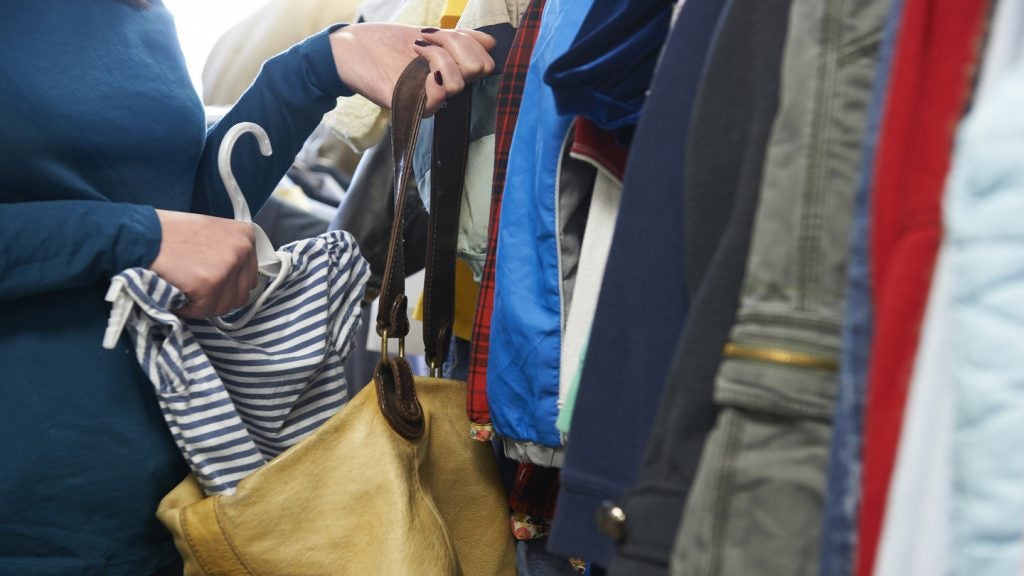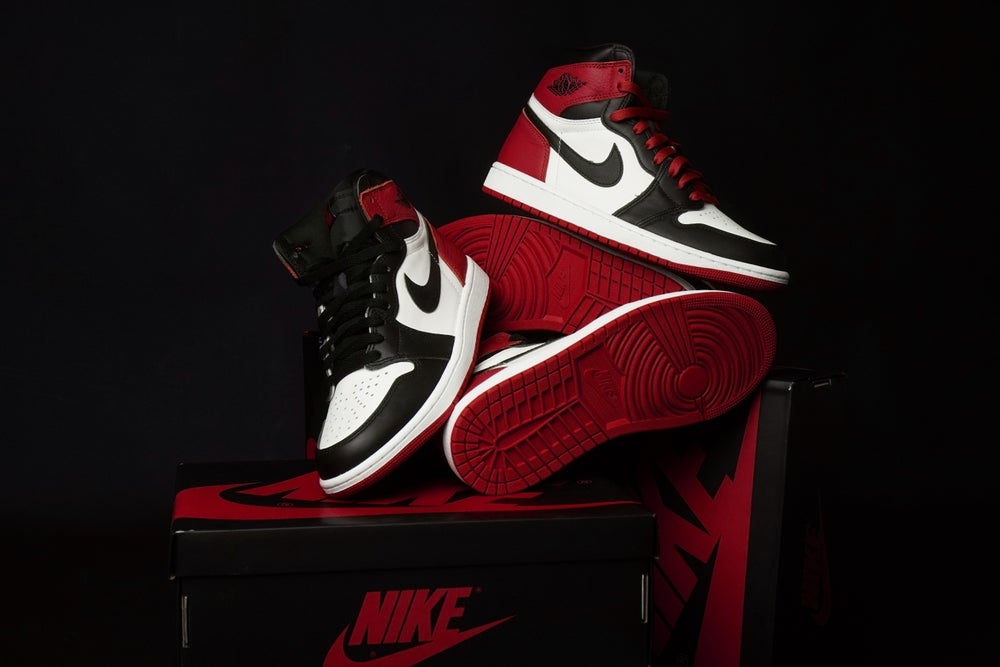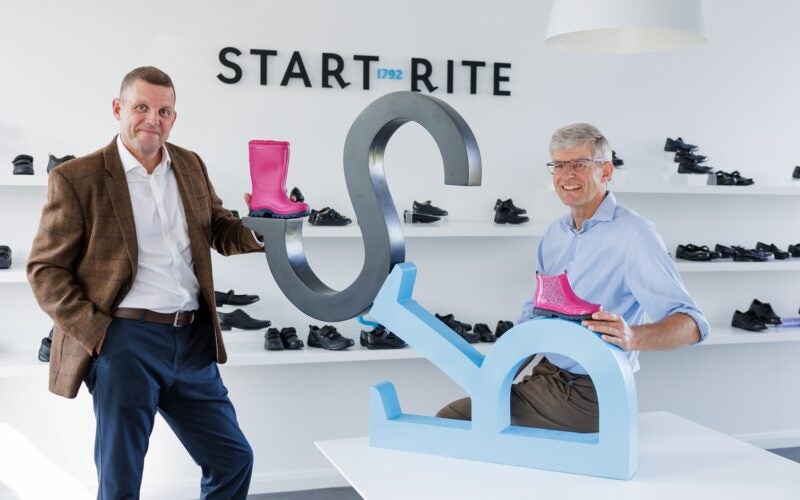US retail behemoth Target announced on Tuesday (26 September) that it would shut nine stores on 21 October, citing the threat of “theft and organised retail crime”.
The affected stores include a New York City store in Harlem, two in Seattle, three in the San Francisco/Oakland area and three in Portland, Oregon.
Target said: “We cannot continue operating these stores because theft and organised retail crime are threatening the safety of our team and guests and contributing to unsustainable business performance.”
The decision was taken in spite of “heavy” investment in theft-prevention strategies such as more security team members, third-party guard services and theft-deterrent tools.
Target said it would continue to make “significant investments” in cyber defence technology, advanced threat intelligence capabilities and expanded data alerts and analysis, among other tools.
Retail theft – a growing problem or a convenient cover for inventory mismanagement?
Retailers have become increasingly vocal about the losses inflicted by theft and organised crime. Back in May, Target said it was on track to lose $1bn this year from inventory shrink driven by theft.
And last month, US omnichannel retailer Dick’s Sporting Goods blamed theft for poor Q2 results, with CEO Lauren Hobart calling the trend “alarming” on an earnings call, while US footwear retailer Foot Locker warned that ever-growing theft and weak consumer spending would weigh on its earnings forecast for the year.
However, the National Retail Security Survey, from the US' National Retail Federation, published on 26 September, found that on average retailers reported inventory shrink of 1.6% in 2022 – up slightly on 2021 (1.4%) and in line with shrink rates in 2019 and 2020.
That percentage has hovered around 1.4% for more than a decade. In other words, one of the key metrics for measuring theft remains largely unchanged. When taken as a percentage of total retail sales in 2022, the average shrink percentage (1.6%) represents $112.1bn in losses – up 19% on 2021.
According to the 177 retail brands surveyed, external theft accounted for an average of 36% of total inventory loss, while process, control failures and errors accounted for 27% of total losses.
The more cynical might say that organised retail theft has become a convenient cover for internal flaws such as bloated inventories, heavy discounting, and employee theft.
“Shrink has been going up but sometimes it’s very difficult to unpack how much is down to theft and how much is down to internal retailer issues and stumbles,” Neil Saunders, a retail analyst at GlobalData tells Just Style.
“Shrink does take money off margins, we know that, but there’s too much opacity in the way in which it’s reported and it is being partly used as an excuse for generally bad performance.”
Saunders notes that Target, in particular, has a “fragmented” supply chain and is “not always the best at managing its own inventory”, meaning that “it's very easy for things to be misallocated and misaccounted for within that.”
“I’m sure bundled in with their number there’s a lot of things where Target has just lost stuff, broken stuff, put stuff in the wrong stores, put it in the wrong location, can’t find it.”
Better inventory management, radio-frequency identification (RFID), and ambient retail
The multi-faceted problem of inventory shrink calls for a variety of solutions.
US department store chain Nordstrom, whose CEO Erik Nordstrom warned analysts in August that the company was suffering historic losses from theft, announced the ramping up of “RFID initiatives” to deliver “additional operational efficiencies”.
US-based children's retailer Carter’s also said it was leveraging RFID to monitor the real-time locations of products and better manage inventory levels, while US clothing retailer American Eagle said in a call with analysts in May that it was using RFID in combination with AI-based tech to provide accurate inventory and location visibility.
Some retailers are ahead of the curve in this respect: Spanish fashion conglomerate Inditex has been embedding RFID chips into its clothing tags since 2014, and this March, the Zara-owner announced it would begin sewing RFID directly into garments and phase out hard anti-theft tags.
External theft might also be averted through ambient retail innovations. Amazon recently integrated RFID technology into its Just Walk Out customer vision-based system, which will allow for checkout-free shopping for its clothing and softline merchandise. Combined with QR codes and machine vision, Amazon Go stores have implemented what could be described as a theft-proof model.
Some theft-prevention technologies, however, may prove unpopular with customers. In March, UK fashion conglomerate Frasers Group introduced facial recognition biometric cameras in its Sports Direct and Flannel stores, which scan shoppers' faces and check them against a database of suspected criminals. The group told the BBC in April that its live face-recognition cameras have brought about "a significant reduction in the number of criminal offences taking place in our stores".
However, campaign groups like the UK's Big Brother Watch have dubbed non-consensual face scanning "Orwellian". The Information Commissioner's Office in the UK stated at the time that it was investigating if this use was lawful.
Our signals coverage is powered by GlobalData’s Thematic Engine, which tags millions of data items across six alternative datasets — patents, jobs, deals, company filings, social media mentions and news — to themes, sectors and companies. These signals enhance our predictive capabilities, helping us to identify the most disruptive threats across each of the sectors we cover and the companies best placed to succeed.















